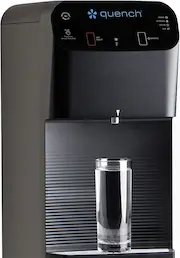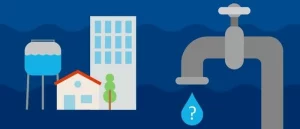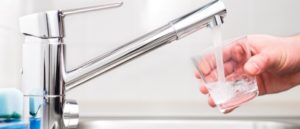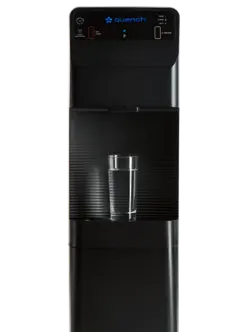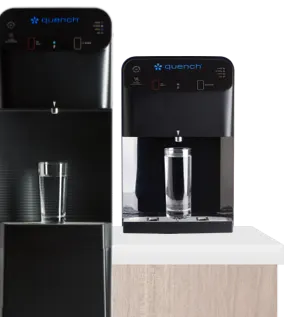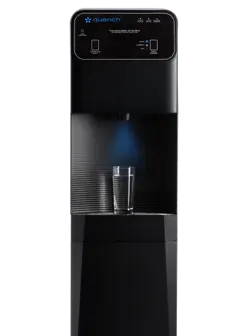Approximately 70% of our planet is covered by surface water, so it’s easy to assume there’s plenty of it to drink, cook, and bathe with. It’s time we all threw that assumption out with, well, the bathwater.
Less than 3% of the Earth’s water is freshwater, and the bulk of that water source isn’t accessible. This is one of the reasons why the water resource that humans in many parts of the world rely on is very minimal.
Though we all need water to survive, we also contribute to the rise of water stress. The vitality of rivers, lakes, and other bodies of freshwater is threatened by various causes, many of which are the result of human activity. These actions include pollution, climate change, industrial agricultural practices, unsustainable energy production, and population growth. The end result is more people around the globe who have to face water shortages.
While water scarcity is predominantly a man-made creation, humans also have the capacity to develop solutions to mitigate the increase in water scarcity. Read on to learn more about water scarcity plus some of the exciting ways people are reducing it.
What is Water Scarcity?
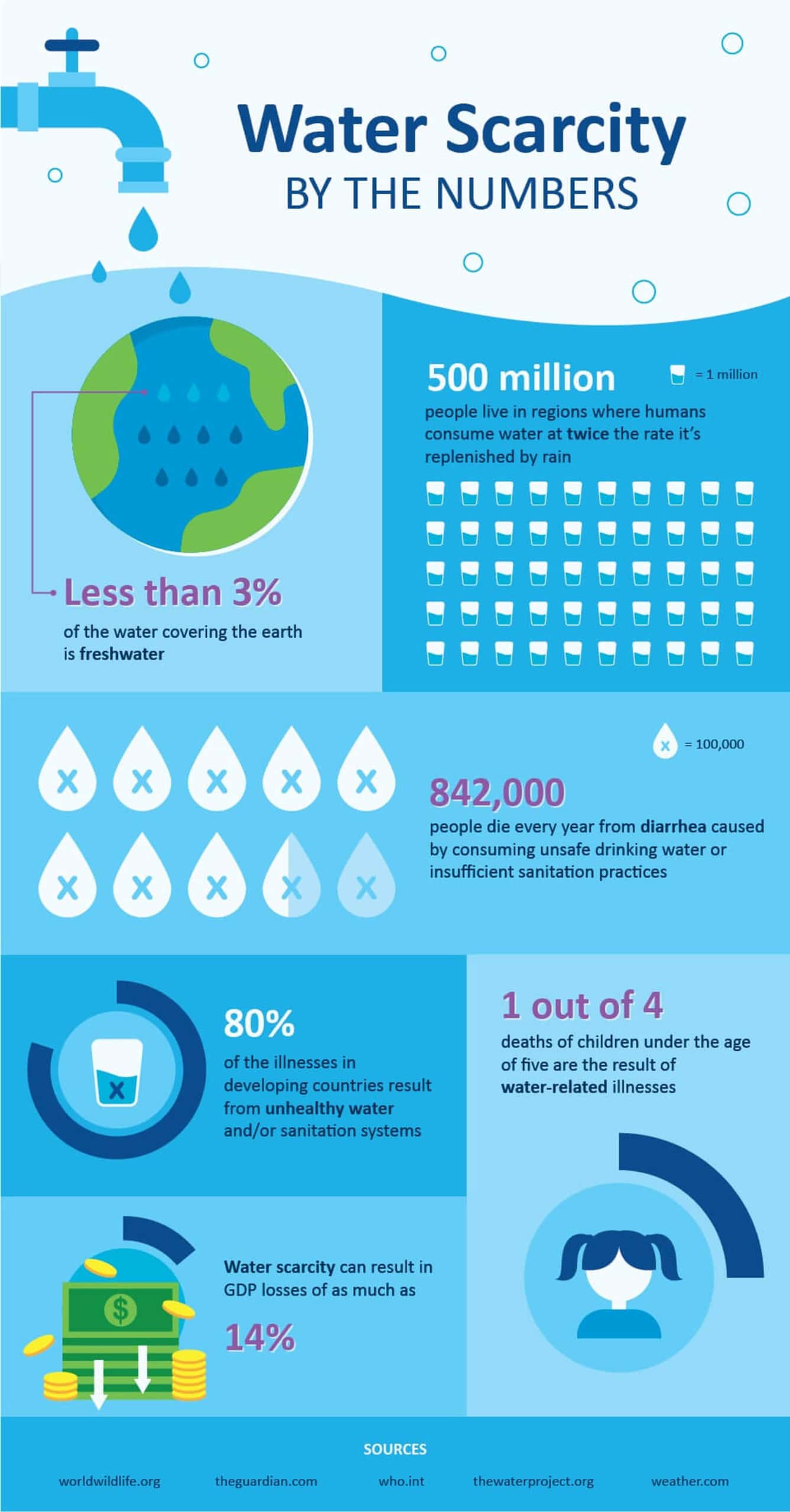
At its simplest, the term water scarcity refers to insufficient access to the water resources necessary to sustain a region. The term applies to both human activities such as drinking and cooking as well as the healthy functioning of an ecosystem. Water scarcity can range from a challenging yet manageable water shortage to a full-blown water crisis such as in Flint, Michigan.
When it comes to the human experience of water scarcity, the term is divided into two categories: physical water scarcity and economic water scarcity. Physical water scarcity refers to a lack of available water resources relative to its demand, and economic water scarcity is limited water access resulting from insufficient financial resources to access, store, and distribute water to homes, businesses, and so on.
If you grew up with unlimited access to water resources, it may be easy to feel less connected to the gravity of water scarcity. However, it affects every continent at an increasingly alarming rate.
According to UNICEF, at least two-thirds of the world’s population — a total of about four billion people — already live with severe water scarcity for at least one month each year.
The situation is so serious that the World Economic Forum says the water shortage must be addressed because it’s one of the top risks to humanity and human economics. The people most vulnerable to water scarcity today live in India and China, but the water demand and water quality problem also affects dozens of other countries including Great Britain, Australia, Mexico, Yemen, Iran, Pakistan, Saudi Arabia, countries throughout sub-Saharan Africa, and the United States.
While water scarcity manifests differently in different regions, it produces a number of predictable consequences.
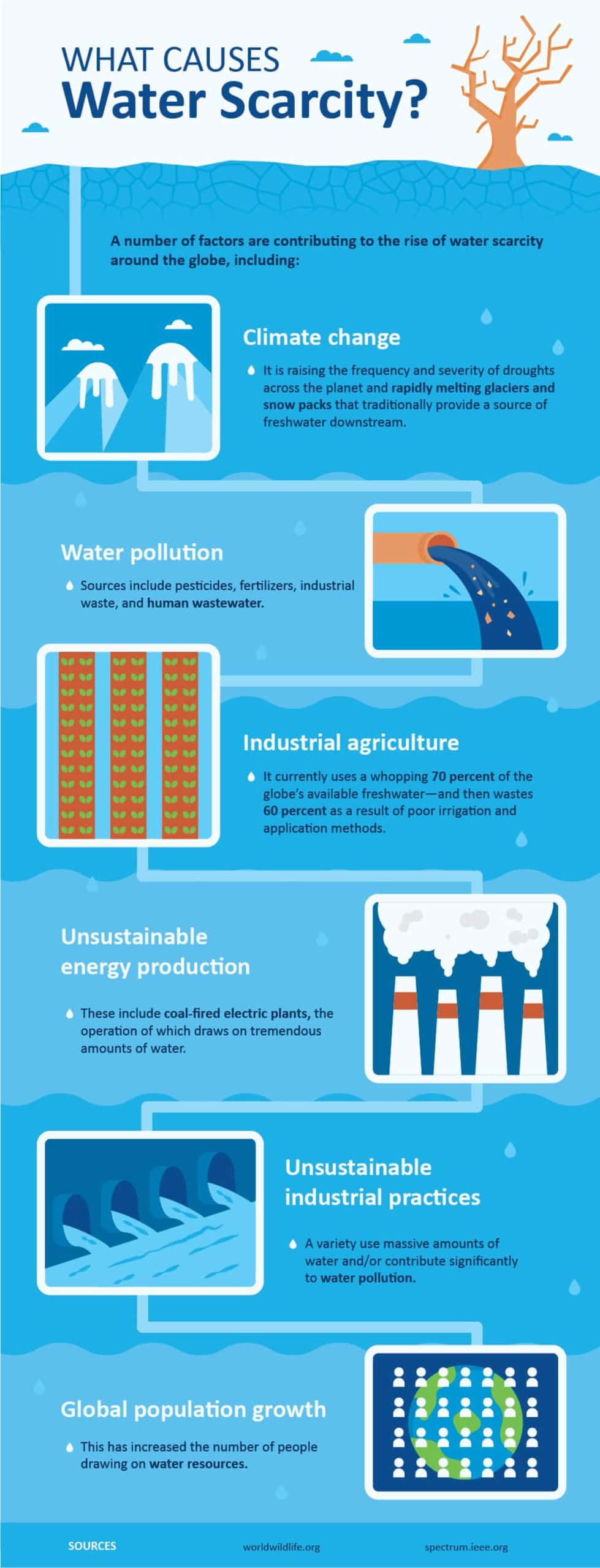
The Consequences of Water Shortages to Keep In Mind
There are a number of ramifications tied to the water crisis that you should be aware of both for your own safety and the knowledge of what people around the world experience every single day. Here are some of the main issues that occur because of water scarcity:
1. Lack of access to safe, clean drinking water.
When people can’t access clean water for drinking, agriculture, and washing, their lives are at stake. Every year, 842,000 people die from diarrhea caused by drinking unsafe water. On top of that, The Water Project found that 80% of illnesses in developing countries result from unhealthy water and/or sanitation systems, and one out of four deaths of children under the age of 5 are the result of water-related illnesses.
2. Threatened ecosystems.
Water shortage affects wildlife and flora immensely. Especially notable is the rapid disappearance of wetlands, which reduces wildlife habitat and causes the loss of water filtration, storm protection, and flood control services typically proffered by this type of landscape. Collectively, the world has lost 87% of its wetlands since 1900, and nowhere is immune: Even places like California, Florida, and Louisiana have witnessed high rates of wetlands disappearance.
3. Decreased food access and higher food costs.
As water use becomes limited, it also becomes more expensive. This increases the cost of food crop production, which then raises prices in local grocery stores and markets. Water scarcity simultaneously makes farming more difficult and decreases people’s access to healthy food, which has ramifications for public health.
4. Heightened conflict.
History shows that when food prices spike, so do rates of violence and social conflict. This makes sense when you consider that starving people are more willing to break with social conventions if it results in getting something to eat.
5. Higher costs for clothing, electronics, and other consumer goods.
The fashion and electronics industries are notorious for their astronomical rates of water use, according to Forbes. As safe water supplies get more expensive, it becomes costly to create this variety of products. The effect could increase the difficulty in accessing clothing, phones, and more.
Although the topic of water scarcity is bleak, there’s hope. People can help the rapidly decreasing water supply.
Steps to Address Water Scarcity

Water scarcity can be significantly reduced if people commit to making big, yet practical changes. Some of those action steps include:
1. Developing water filtration systems.
It’s one thing to have access to water and it’s another to have access to water that’s safe to drink. Effective water filtration systems help ensure freshwater can be put to good use. That’s one of the reasons why many companies worldwide are committed to developing sophisticated water filtration systems that produce purified water free from bacteria, microbes, and other contaminants, and bringing this clean drinking water to as many schools, hospitals, workplaces, and homes as possible.
2. Promoting water stewardship.
It takes every community in the world to reduce the threat of water scarcity. Now more than ever, the world needs water stewards in all forms. Whether you take shorter showers, install low-flow toilets, collect rainwater for garden use at home, reuse gray water, eradicate leaks and other water inefficiencies at schools and offices, or invest in sustainable energy and water reduction initiatives by companies, water stewardship can be a big part of the puzzle when it comes to limiting water scarcity.
3. Protecting wetlands.
Remember when we mentioned that wetlands are natural water filtration systems? Well, that means they have a big role in collecting and purifying water. Wetlands are disappearing at an alarming rate, but conserving wetlands could have a major payoff. Currently, an international treaty called the Ramsar Convention has helped protect more than 2,000 wetlands.
4. Improving irrigation efficiency.
Industrial agriculture is one of the biggest drains on water resources. Simply switching from flood irrigation systems to sprinklers or drip irrigation systems could help the agricultural sector save a tremendous amount of water. When combined with better soil management practices such as no-till or limited tillage and mulching, which reduces evaporation from the soil, more efficient irrigation systems can significantly reduce water usage.
5. Increasing water storage in reservoirs.
Climate change and global warming increase the frequency of droughts and floods. By expanding the reservoir capacity, we can capture and store floodwater to prevent losing it to the ocean where it becomes salinated and more difficult to treat. This stored water can be used to provide water during times of drought. In the U.S, many states (such as California and Wyoming) are considering enlarging existing reservoirs or building new ones.
There are many factors that can lower the contamination and scarcity of water, and one course of action businesses can take is to create a large, clean water supply for their employees.
Implementing More Sustainable Drinking Water Solutions at Work
It may seem daunting to look at the world’s water supply shortage, but you can be a part of the solution by implementing a safe drinking water system at your workplace. Quench offers bottleless water dispensers, water coolers, and many other machines that can hydrate your team with delicious and safe drinking water, all while helping your business use less water. Our bottleless water dispensers reduce waste and conserve millions of gallons of water by connecting to your building’s existing water line. While plastic water bottles contribute to plastic waste, Quench products reduce waste exponentially. Also, the process of manufacturing plastic bottles and bottling water takes 3 liters of H2O to produce one liter of bottled water. With Quench, no water is wasted!
Another benefit of Quench products is the amount of money your business can save. Check out our Cost Comparison Calculator to see the price difference between bottleless water coolers and other water services.
Get delicious, clean water and take action against water scarcity by partnering with Quench. Ready to get started? Contact us today to get a free quote!
